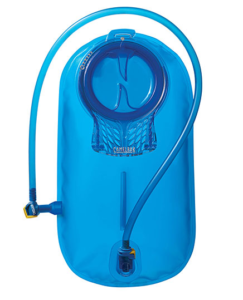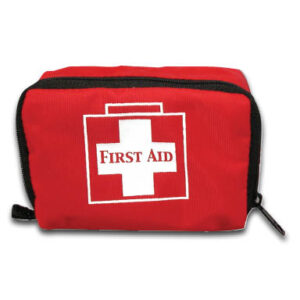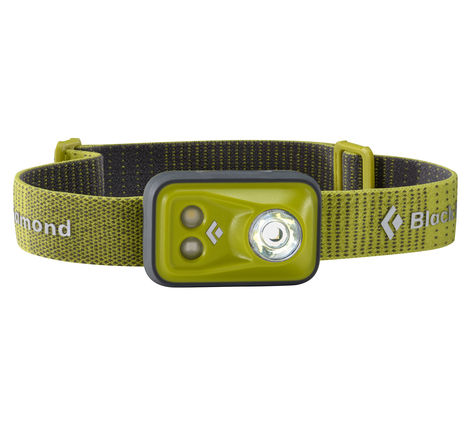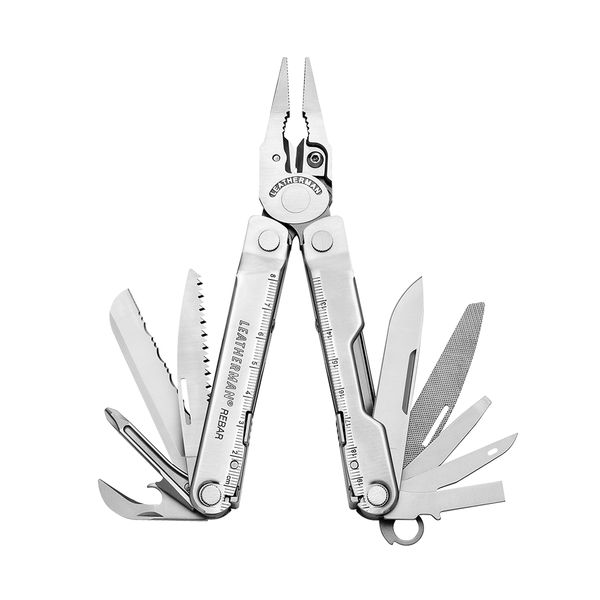
Below are the 10 Essentials that every Regular Hiker should have in his or her pack:

Camelbak hydration bladder fits into most modern day packs. Water. You can’t overstate the importance of having water, and plenty of it. No matter the weather, you must drink. Staying hydrated helps you ward off heat stroke and hypothermia, altitude sickness. Not drinking will also cause your energy to wane and your spirit to wilt, both of which leads to a crabby hiker. Since water is heavy, the inclination is to scrimp by, especially in cool weather. Thus, you need either a water bottle or, a better option, a hydration system.
- Snacks. You burn a lot of calories hiking: according to one fitness activity calculator, a 150-pound person hiking vigorously burns 409 calories in one hour. The trail is not the place to be concerned with cutting back. Find a snack that works for you and pack more than you think you could possibly need: your fellow hikers may not be as forward thinking and it may be worth your while to toss them a bike or two. And there’s always the possibility that a day hike inadvertently turns into an overnighter. Here’s a durable favorite.

Bruton compass Map. Even for a simple, short hike in your friendly neighborhood state park, you should have a map. Most of the trails we hike are well-marked. The Mountains-to-Sea Trail, our State Park trails and National Parks all are relatively well-marked with blazes affixed to trees. Sometimes these are uniformly colored shapes (the Appalachian Trail uses white, painted rectangles, North Carolina State Parks typically used colored metal shapes) on trees. Still, it’s easy to get sidetracked by a rogue trail and suddenly find yourself who-knows-where. Even a simple map, like the ones at most State Park trailheads, can help you figure out where you are. As you become more adventurous, exploring the National Forests and Wilderness Areas where blazes are infrequent, if at all, a map becomes all the more essential. A USGS topo map can not only save your bacon, it makes exploring all the more interesting by letting you figure out where you are and the terrain you’ll be traveling.
- Compass. Having a map and a compass and knowing how to use them, may be the most comforting things you can have in your pack. With both, and the know-how to use them, you are never lost. A simple compass works just fine.

Basic first-aid kit First-aid kit. Modest, inexpensive, first-aid kits are available at most outfitters that should cover your basic medical needs: scrapes, blisters, debilitating aches and pains (if you want to achieve hero status among your fellow hikers, be the first to offer up ibuprofen to a companion with achy knees). The Washington Trails Association offers this list of what to have in your first-aid kit, which you can score for around $10.
- Headlamp/flashlight. The stronger you get on the trail, the more inclined you are to make your hikes longer and longer. The sun sets at 7:30? I think I can fit in a 15-mile hike. And likely, you can. But for those occasions when you don’t, it’s a frustrating, scary and dangerous scenario to suddenly find yourself trying to make your way in a pitch-dark forest. It’s best to pack both a headlamp, which leaves your hands free and follows the path of your eyes, and a flashlight for backup. Include extra batteries as well. Here’s what we currently use.

Black Diamond headlamp Rain gear/extra clothes. I love hiking in a light rain — because I always pack rain pants and a jacket. Without either, however, a light rain quickly turns a cozy hike into a miserable affair that even in not-so-cold weather can bring the threat of hypothermia. Likewise, a vigorous hike in cool weather is wonderful — until you stop for a break and realize you’ve built up a light sweat that very quickly cools the body. Throw on a light fleece and you’ll be fine taking a 15-minute break for lunch.
- Matches, firestarter. You may not think you’re going to built a fire on your day hike, but then you probably don’t think you’re going to sprain an ankle, or get lost and spend the night in the woods, either. Waterproof matches and dependable firestarter, combined with downed wood, will keep both your body temperature and spirits up in the event of an unplanned overnighter.

Weatherman multi-tool Duct tape. We part with general consensus on this one, eschewing “emergency shelter” for the stuff that can do everything from hold a blown-out boot together to temporarily manage blisters to stifle a chatty hiking partner. Wrap a yard’s worth of duct tape around your hiking pole or water bottle and you’ll be set to handle a variety of situations.
- Knife/multi-tool. A good multitool is not just a fun gizmo to have in your pocket; with its various knives, tweezers, scissors, screwdrivers, hacksaws and iPhone tripod, it can be the thing that gets you out of a variety of jams. Here’s a good example.
